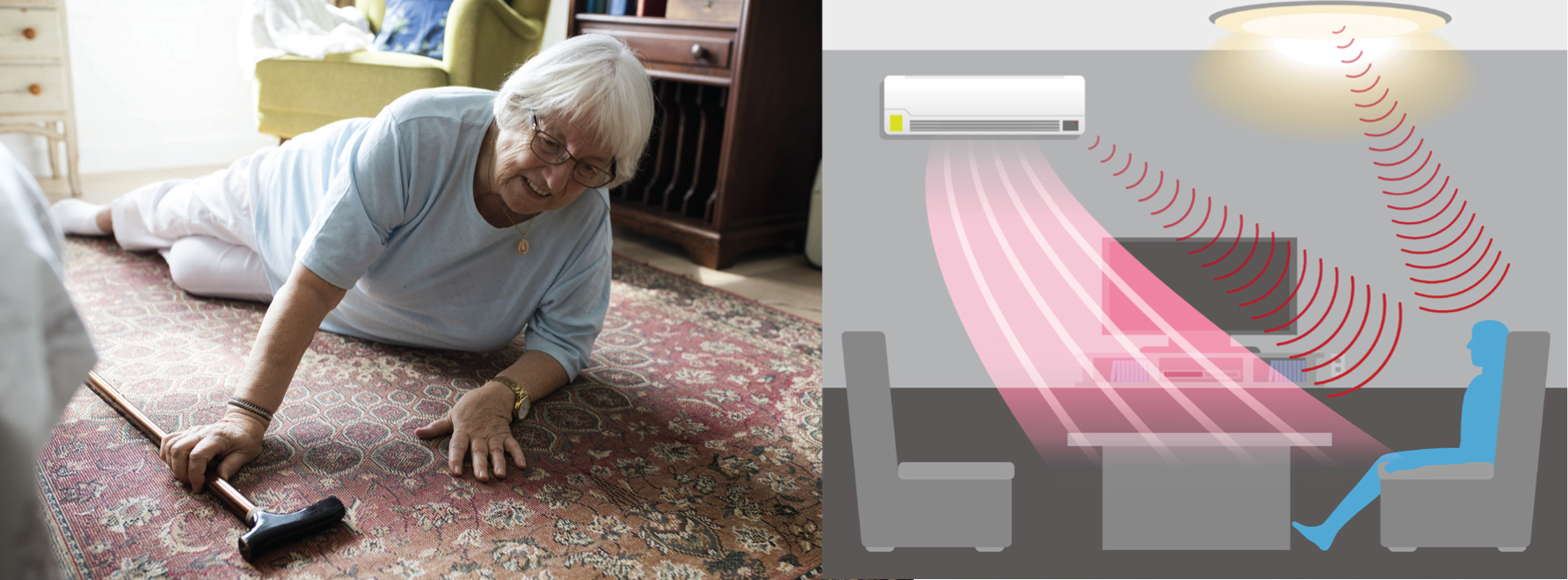SPRY334B april 2020 – may 2023 AWR6843AOP , IWR6843AOP
- 1
- Antenna-on-package Sensor Design
- Using TI mmWave Sensors with an AoP Design for Industrial 3D Sensing
- Robotics: Collision Prevention over a Wide Area
- Occupancy Detection: Simplified Sensing in Wall- and Ceiling-mounted Placements
- Automated Doors and Gates: Position- and Velocity-based Operation in Tight Spaces
- Conclusion
- Additional Resources
Automated Doors and Gates: Position- and Velocity-based Operation in Tight Spaces
Intelligent sensors play a key role in automated door and gate applications by allowing safe, cost-effective and energy-efficient solutions. Along with the benefits of TI mmWave sensors, AoP design brings further advantages in an application space where designers and manufacturers do not necessarily have RF expertise in antenna design. The ease of integration of AoP sensors enables them to focus on making doors and gates smarter, as opposed to spending resources on sensor development.
With a wide FoV, one sensor has the ability to cover the entire area of interest for a particular door or gate. An AoP design resolves the common issue of “dead zones” that a typical door sensor detection zone may not reach, eliminating the need for multiple sensors in a system.
 Figure 3 Building Automation Sensing
Applications Using TI mmWave Sensors Include Elderly Monitoring and Air
Conditioners.
Figure 3 Building Automation Sensing
Applications Using TI mmWave Sensors Include Elderly Monitoring and Air
Conditioners.Counting the number of people in a revolving door to avoid overcrowding or determining the height of an obstacle blocking a garage door is simplified by using an AoP design, which seamlessly fits into tight spaces where bulkier sensor modules are not feasible. An AoP sensor’s small form factor seamlessly integrates into entrance systems while still covering a wide FoV for convenient door operation, as shown in Figure 4.